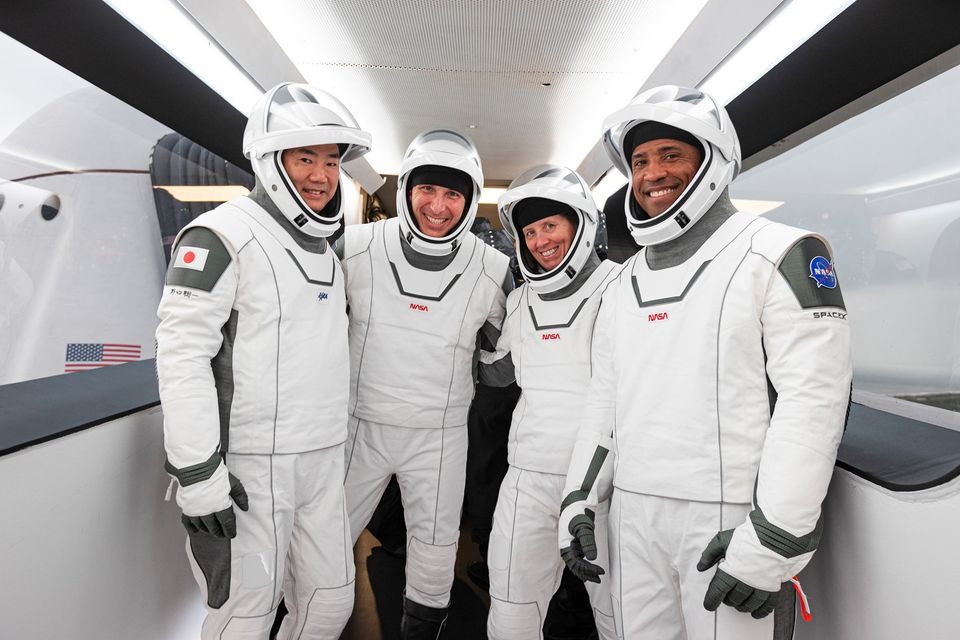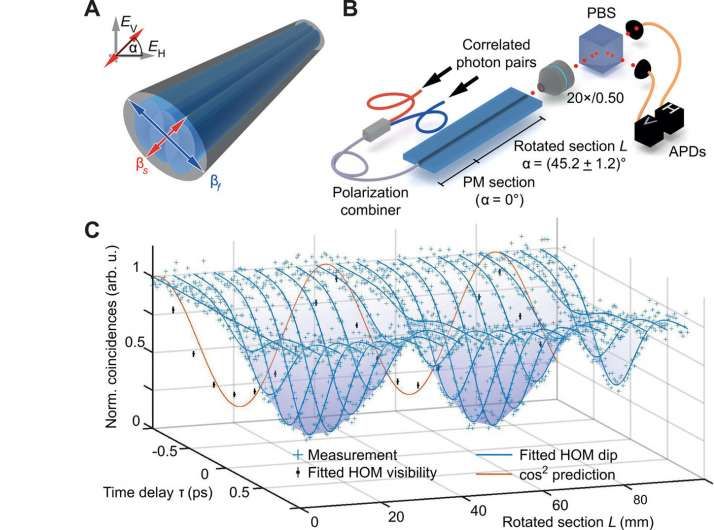Venus: how Rocket Lab could reveal the under-explored planet’s secrets.
Rocket Lab is building its largest rocket ever, and its CEO has big plans to get to Venus.


“We’re going to try to catch the Super Heavy booster with the launch tower arm, using the grid fins to take the load,” Musk said via Twitter on Dec. 30. SpaceX will try a different approach to landing its future reusable rocket boosters. There are some benefits with this landing method: first, by omitting landing legs from the rocket design altogether, SpaceX can save weight and cost, because unlike Falcon 9 and Falcon Heavy first stages Super Heavy won’t need landing legs. In a second place, it could allow SpaceX to essentially recycle the Super Heavy booster immediately because the rocket would be “ready to refly in under an hour”.
~Video credits: @tijnm_02 Text credits: www.space.com www.techcrunch.com.
Do humans really have to go into space?
Artificial intelligence has been making waves in recent years, enabling us to solve problems faster than traditional computing could ever allow. Recently, for example, Google’s artificial intelligence subsidiary DeepMind developed AlphaFold2, a program which solved the protein-folding problem. This is a problem which has had baffled scientists for 50 years.
Advances in AI have allowed us to make progress in all kinds of disciplines – and these are not limited to applications on this planet. From designing missions to clearing Earth’s orbit of junk, here are a few ways artificial intelligence can help us venture further in space.
Do you remember Tars and Case, the assistant robots from the film Interstellar? While these robots don’t exist yet for real space missions, researchers are working towards something similar, creating intelligent assistants to help astronauts. These AI-based assistants, even though they may not look as fancy as those in the movies, could be incredibly useful to space exploration.

A fundamental decision on a new station would be made by the end of this year, he said.
Rogozin said that current negotiations with NASA on the future of the ISS were “shallow”. He speculated that ISS’s life cycle would be repeatedly prolonged not by several years, but by one year. Also, he said it might be possible to extend the service life not of the whole station, but of its individual modules.
“On the sidelines of the April 9 launch we plan to hold technical consultations with NASA,” Rogozin said, adding there was a possibility of configuring the Lunar orbital platform Gateway for its possible docking with Russia’s new generation spacecraft Oryol.
Today on the Science Talk podcast, Noam Slonim speaks to Scientific American about an impressive feat of computer engineering: an AI-powered autonomous system that can engage in complex debate with humans over issues ranging from subsidizing preschool and the merit of space exploration to the pros and cons of genetic engineering.
In a new Nature paper, Slonim and colleagues show that across 80 debate topics, Project Debater’s computational argument technology has performed very decently—with a human audience being the judge of that. “However, it is still somewhat inferior on average to the results obtained by expert human debaters,” says Slonim.
In a 2019 San Francisco showcase, its first public debut, the system went head to head with expert debater Harish Natarajan.

A unique — details are a bit sketch 😉 looks amazing tho!
Requirements:
Human; all nationalities accepted.
Be willing to relocate to Mars.
Previous SMS experience working around black holes.
Hands-on experience repairing or replacing broken parts on machinary and/or colleagues.
A Can Do Attitude.
The ability to work alone and part of an android team with minimal supervision and zero compliance to logic.
Available for travel to different planets on a regular basis.
Dangerous Goods or Hazardous Materials Recognition Training preferred but not necessary. OTJ will be provided. Please ensure your tetanus vaccine is up-to-date!
A unique Russian Aerospace-Robotics Farm is hiring — details are a bit sketch 😉 looks amazing tho!

Graph representations can solve complex problems in natural science, as patterns of connectivity can give rise to a magnitude of emergent phenomena. Graph-based approaches are specifically important during quantum communication, alongside quantum search algorithms in highly branched quantum networks. In a new report now published on Science Advances, Max Ehrhardt and a team of scientists in physics, experimental physics and quantum science in Germany introduced a hitherto unidentified paradigm to directly realize excitation dynamics associated with three-dimensional networks. To accomplish this, they explored the hybrid action of space and polarization degrees of freedom of photon pairs inside complex waveguide circuits. The team experimentally explored multiparticle quantum walks on complex and highly connected graphs as testbeds to pave the way to explore the potential applications of fermionic dynamics in integrated photonics.
Complex networks
Complex networks can occur across diverse fields of science, ranging from biological signaling pathways and biochemical molecules to exhibit efficient energy transport to neuromorphic circuits across to social interactions across the internet. Such structures are typically modeled using graphs whose complexity relies on the number of nodes and linkage patterns between them. The physical representation of a graph is limited by their requirement for arrangement in three-dimensional (3D) space. The human brain is a marked example of scaling behavior that is unfavorable for physical simulation due to its staggering number of 80 billion neurons, dwarfed by 100 trillion synapses that allow the flow of signals between them. Despite the number of comparably miniscule volume of nodes, discrete quantum systems faced a number of challenges owing to complex network topologies, efficient multipartite quantum communications and search algorithms.

In my last post, I talked about the idea of warp drive and whether it might one day be possible. Today I’ll talk about another faster-than-light trick: wormholes.
Wormholes are an old idea in general relativity. It’s based on work by Albert Einstein and Nathan Rosen, who tried to figure out how elementary particles might behave in curved spacetime. Their idea treated particle-antiparticle pairs as two ends of a spacetime tube.
This Einstein-Rosen Bridge would look like a black hole on one end, and an anti-black hole, or white hole, on the other end.

“For those that know rockets, this is a ridiculously hard thing.”
As this is the first Falcon 9 rocket to launch nine missions, it raises the prospect of a first stage making a tenth flight in the near future, probably within a month or two. Reaching ten flights would accomplish one of the main goals set by SpaceX with the Falcon 9 rocket, after optimizing the vehicle for reuse about three years ago.
The company debuted its “Block 5” version of the Falcon 9 rocket in May 2018, and since then this vehicle has flown 55 missions, all of which have successfully delivered their payloads to orbit. More importantly, the changes SpaceX engineers incorporated into this new rocket to ensure its robustness for reuse, such as strengthening its “Octaweb” engine bay, have largely been validated.
“For those that know rockets, this is a ridiculously hard thing,” SpaceX founder Elon Musk said during a teleconference with reporters in 2018 to discuss the Block 5 upgrades. “It has taken us since, man, since 2002. Sixteen years of extreme effort and many, many iterations, and thousands of small but important development changes to get to where we think this is even possible.” He paused for a second, and then added, “Crazy hard.”